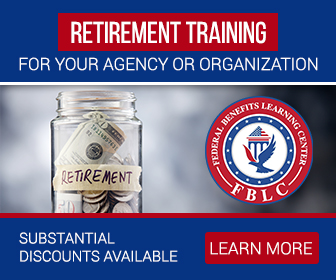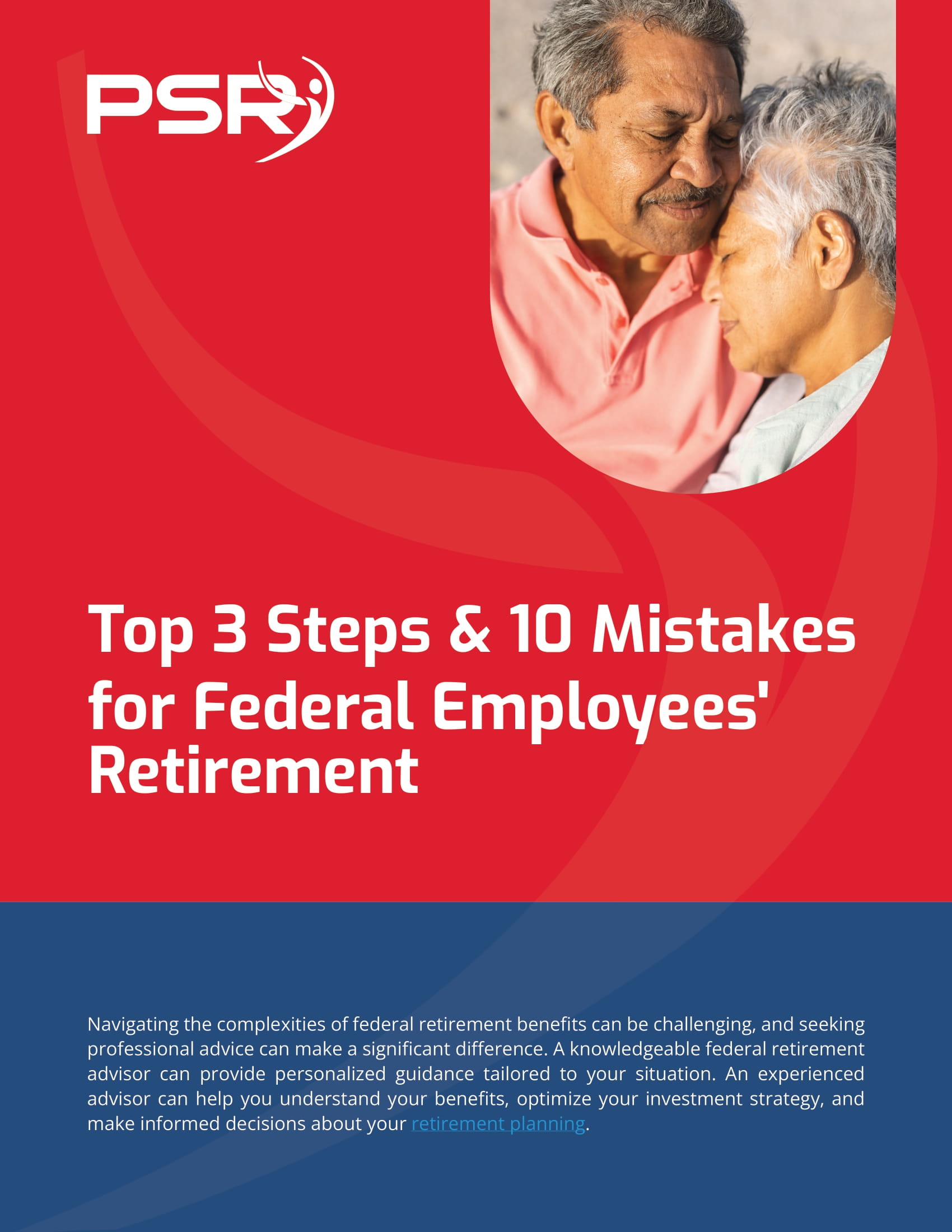[vc_row][vc_column width=”2/3″ el_class=”section section1″][vc_column_text]The most popular fund in the TSP for all government workers is the G Fund, which is generally considered to be the safest fund of them all. This is because unlike some of the other funds, there is a guarantee of return plus interest from the government itself. It has even previously been the automatic investment option for workers who hadn’t yet assigned any of their TSP assets after enrolling.
But is it always the best route to play it as safe as you can?
- Also Read: Dental Plans Under FEDVIP Are Offering Better Coverage Than Ever—Why Federal Employees Are Taking Notice
- Also Read: 5 Things You Need to Know About Survivor Benefits as a Federal Employee or Retiree
- Also Read: How FEGLI Premium Changes Are Forcing Federal Employees to Reevaluate Their Plans
The problem with the G Fund is that people are investing in it without being informed about how it even functions, what it’s particular risks are, and not having much information about other options they may have. While it certainly makes sense to prepare and protect yourself from losing your investment, when the market does take a downswing, it is perhaps not the time to play it safe, but to put your money into a fund that is currently cheaper than it would be. This, of course, requires more fastidious tracking of the market, and possibly the help of a financial advisor, something that is not provided to you by the TSP. In fact, this is one of the significant flaws with the TSP: the lack of info on managing your assets, the rewards or risks posed by your choices, and how it could play out in the long term over the years.
Most TSP participants are simply guessing with the limited knowledge they have, which is why they tend to play it safe.
Of course, the G Fund itself is a solid investment and certainly has a place in any wise investors pocket, but to put all your money into the one asset is doing yourself a disservice to potential dollars to be made.
Since 2015, the L Fund (Lifecycle Fund) has taken over the TSP as the default asset when you first enroll, but even then, risk-averse investors are still moving their money to the G Fund. Whether its what they heard through the grapevine as the smart move from friends or articles online, or whether they are just afraid of losing their investment, it is still the most popular choice for TSP enrollees. Any advice you get from people and places who aren’t financial advisors would be limited, as they are not aware of all your goals or personal circumstances.
Under ideal circumstances, you wouldn’t be playing too safe or too uninformed in your early investing years, instead of making informed decisions based on risks and rewards that will help net you the most return, and help you make the most of your upcoming retirement.[/vc_column_text][/vc_column][vc_column width=”1/3″][vc_single_image image=”37041″ img_size=”292×285″ style=”vc_box_shadow”][/vc_column][/vc_row]









